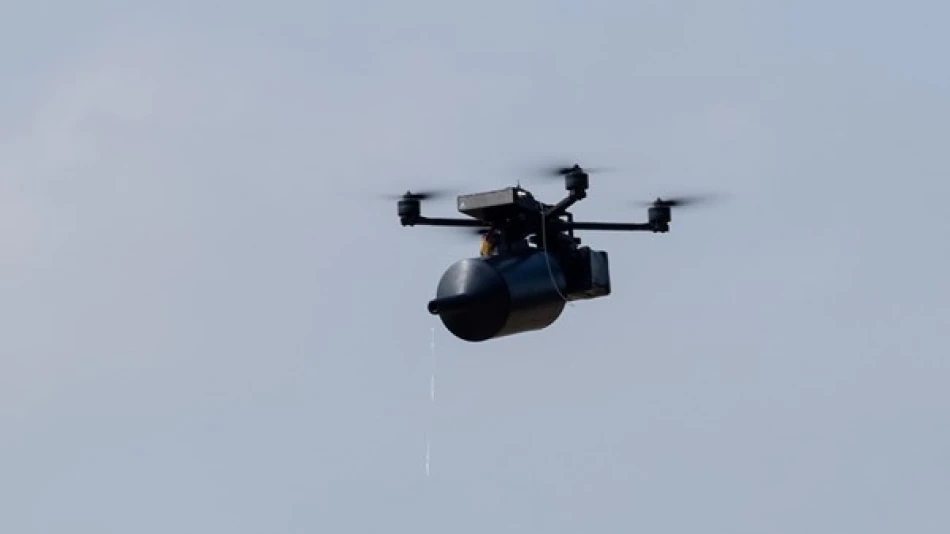
Russian Military Intercepts 112 Ukrainian Drones, Foiling Aerial Incursions
Ukraine Escalates Deep-Strike Campaign as Drone Attacks Reach Far Into Russian Territory
Ukrainian forces launched their largest overnight drone assault in recent weeks, with Russian military claiming to have intercepted 112 unmanned aircraft across multiple regions. The coordinated strikes killed three civilians and demonstrated Ukraine's growing capability to project force hundreds of kilometers beyond front lines, marking a significant escalation in the conflict's geographic scope.
Strategic Shift: From Border Skirmishes to Deep Territory Strikes
The overnight attacks targeted three distinct Russian regions: Rostov and Penza in the south, along with Samara—a region located far from active combat zones. This geographic spread represents a deliberate Ukrainian strategy to stretch Russian air defenses thin while bringing the war's consequences to areas previously considered safe havens.
The inclusion of Samara in the target list is particularly significant. Located over 500 kilometers from the nearest Ukrainian border, the region houses critical industrial infrastructure and has remained largely untouched throughout the 22-month conflict. This expansion suggests Ukraine has either improved its drone technology or found new launch platforms closer to Russian territory.
Drone Warfare Evolution Reshapes Conflict Dynamics
The scale of Saturday's interception—112 drones in a single night—reflects the industrial-level drone production both nations have achieved. Unlike the improvised drone attacks of early 2022, these coordinated swarms represent sophisticated military operations designed to overwhelm air defense systems through sheer volume.
Technical and Tactical Implications
Russia's ability to intercept such a large number of drones demonstrates robust early warning systems, yet the civilian casualties in three separate regions indicate some aircraft reached their targets. This mixed success rate is typical of drone swarm tactics—accepting high attrition rates in exchange for guaranteed penetration of enemy defenses.
The attacks also signal Ukraine's strategic patience in developing long-range capabilities. Rather than expending resources on immediate tactical gains, Ukrainian forces appear focused on building systematic pressure across Russia's vast territory, potentially forcing Moscow to redeploy air defense assets from front-line positions.
Broader Strategic Context
These deep-strike operations align with Ukraine's stated goal of bringing war consequences to Russian civilian populations who have remained largely insulated from the conflict. By targeting regions like Samara, Ukrainian commanders aim to create domestic pressure on the Kremlin while demonstrating that no Russian territory lies beyond their reach.
The timing coincides with ongoing debates in Western capitals about providing Ukraine with longer-range conventional missiles. These drone strikes may serve as both a demonstration of Ukraine's indigenous capabilities and an argument for additional Western support, showing that Ukrainian forces can conduct strategic operations responsibly without causing mass civilian casualties.
Regional Security Implications
For Russia, defending against such distributed attacks requires significant resource allocation across thousands of kilometers of territory. Unlike defending concentrated front lines, protecting the entire Russian heartland from drone incursions demands a fundamentally different military posture—one that diverts resources from offensive operations in Ukraine.
The pattern established by these attacks suggests Ukraine has moved beyond purely tactical drone usage toward strategic bombing campaigns designed to degrade Russian industrial capacity and civilian morale over time.
 Layla Al Mansoori
Layla Al Mansoori







